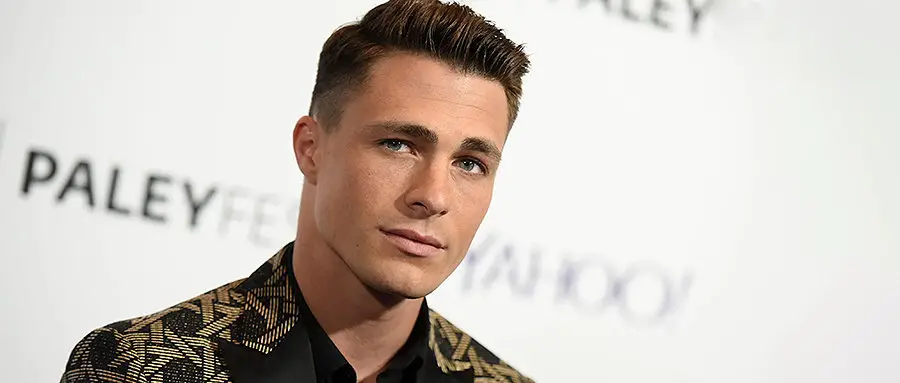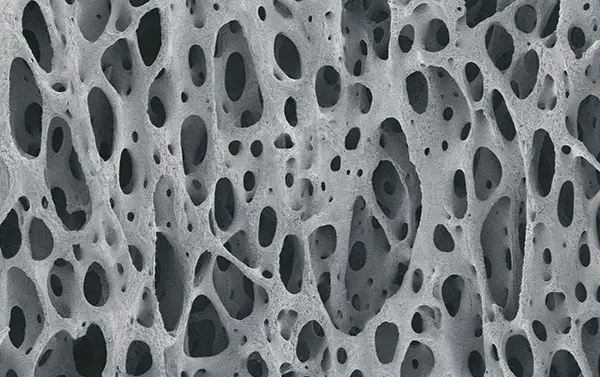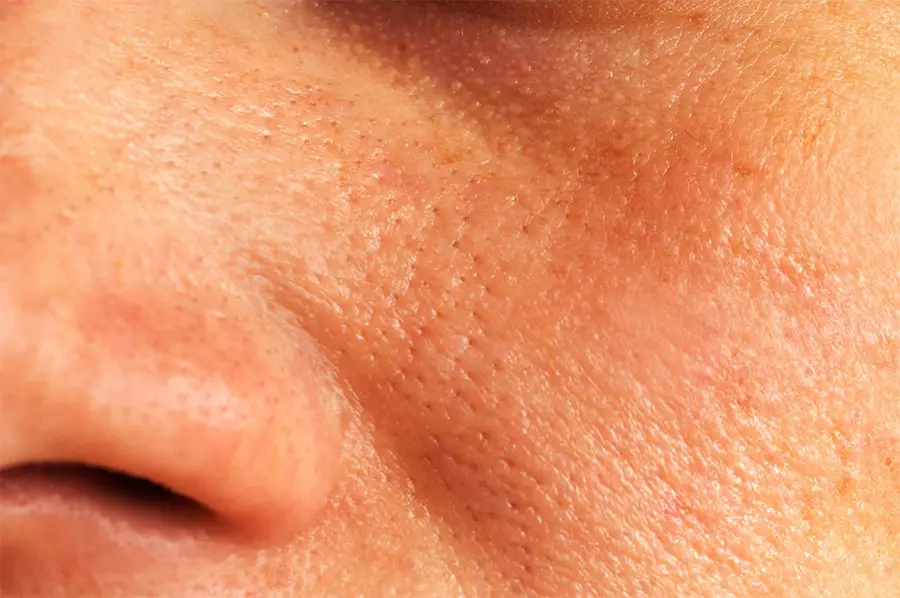
Testosterone is a sex hormone that either the testicles or the adrenal gland releases. It brings about several changes to the male body, such as: deepening of the voice, increasing sex drive, and increasing production of sperm. Testosterone also affects the development of bones and muscles, especially on the facial features of men.
Men with high testosterone levels will have a more square jawline, large mandible, and larger overall mandibular length, ramus length, and total anterior face height. Testosterone also creates masculine features such as a broader nose, thicker brows, and thin lips. This is true even for females with high in-utero testosterone exposure.
Testosterone affects the whole body, but we will focus on how it affects jaw growth and the rest of the facial structure for purposes of this article.
How Testosterone Influences Jaw Growth
There’s a lot of research supporting that testosterone affects the growth of the jaw. One good example of this is a study by Verdonck et al. in 1999. Their research centered on the effects of low-dose testosterone treatment on boys’ craniofacial growth with delayed puberty. The study focused on a group of 14 years olds who had delays in puberty to 12-14 years old who had a healthy development.

The purpose of low-dose testosterone treatment is to instigate a growth spurt. The results of this study showed that a delay in puberty affects the craniofacial growth of an individual. The boys on testosterone treatment for one year showed an increase in overall mandibular length, ramus length, and total anterior face height. A comparison with the two groups after a year showed almost no significant difference in the craniofacial growth between the two groups. This outcome showed that testosterone served to help catch up those experiencing delays in pubertal growth.
Exciting research by Whitehouse et al. 2015 showed an association between prenatal testosterone levels to postnatal facial features. This study was a 25-year research masterpiece wherein an assessment of the umbilical cord’s testosterone level correlated with how the individual looked like in the future.
With the help of 3D facial photography, the results showed a significant relationship between a high level of prenatal testosterone and masculinization of male and female adult facial features.
Another study regarding facial metrics and testosterone levels showed that men have five times baseline testosterone concentrations. The varying difference in the facial structure is significant for both men and women. Testosterone affects bone growth, thus affecting facial bone size, especially the facial width. This study also suggested that testosterone’s effects are unique to men (Lefevre et al. 2013).

To honestly know how testosterone affects jaw growth, we have to look into how it influences bone cells. A study by Mohamad et al. 2016 expounds on bone remodeling and the three types of bone cells: osteoblasts, osteoclasts, and osteocytes. Each of them plays a significant role in the formation of the whole skeletal system. The osteoblasts are responsible for bone-formation; osteoclasts for bone-resorption and the osteocytes serve as mediators.
Bone cells are very responsive to sex hormones, including testosterone. Testosterone increases osteoblasts and osteoclasts during the bone remodeling process. When testosterone is low, these two cells experience apoptosis, which is the programming of cell death.
Testosterone has significant effects on bone mineral density. An insufficient level of testosterone in the body affects the bone structure, including that of the jaw. This is prominent in older people who experience bone deterioration that manifests in their facial features.
Estrogen also plays a role in inhibiting bone remodeling and osteoclasts & osteocytes (Kohsla et al., 2012).
Other Effects of Testosterone on the Face
You’re probably aiming to make your face or body more masculine if you’re supplementing testosterone. Testosterone will help you achieve this with the body. But in the face, it’s more complicated. Nonetheless, you can refer to this article for more advice on getting a masculine look.
We all have an idea of what the effects of testosterone on the body are. However, for the face, it’s less obvious.
First off, the skin becomes thicker, and the pores become larger. Also, the skin produces more sebum that leads to acne. When engaging in intense exercise, sweat will develop a distinct odor, and frequent sweating on the face also produces more acne. Consulting a doctor will help control acne, who may prescribe a medication that counters the levels of testosterone in your body.

Next is your face and eyes; you might notice that they become more angular. If you’re a woman taking testosterone therapy, it will give you more masculine facial features. The fat in your face diminishes, thus creating the illusion that you got more masculine facial features.
The third side effect of taking testosterone is thinning hair, especially on the frontal scalp, though genetics play an essential role. Testosterone converts to the hormone DHT, which can help increase thinning hair, baldness, or, worse, complete hair loss. One treatment for this is using minoxidil. Minoxidil is a liquid or foam solution that you can apply to the area affected with hair loss.
These side effects of testosterone can be contradicting the previous ones. Most individuals who take testosterone report having a thicker beard, even growing it to a full-length. This is because DHT affects body hair much differently than scalp hair.
Although testosterone’s effects are different in every individual, you can also manipulate beard thickness by using minoxidil. To learn how to apply minoxidil to your beard, click here. Keep in mind that individuals who took testosterone from an earlier age should see significant results with beard growth compared to those that started later in life. However, doing so is dangerous since testosterone helps close growth plates.

A bonus outcome of testosterone is a change in the vocal cords. When boys enter puberty (where testosterone levels peak), they will have a deeper voice that sounds more masculine. The change may start in the early stages of testosterone release. The scratchy, hoarse voice that often sounds embarrassing is the key indicator that the voice is about to change. It’s also common for the voice to break a little as it’s trying to adjust to tone and quality.
In line with the deepening of the voice, having a larger Adam’s apple is also an effect of testosterone production and a mark of puberty for most boys.
Final Thoughts
Testosterone is not just your regular sex hormone that increases libido. It has different impacts on the face and the whole body. It affects not only men. Trans women, for example, will testify that testosterone helps in achieving the masculine look.
Just a reminder, just like with other hormones, balance is essential. Having too much testosterone in your body may lead to adrenal disorders, cancer, and aggressive behavior. A well-balanced hormone in your body serves as a protection and allows the rest of your body to function correctly. Consult your doctor before attempting to mess with your hormones.

